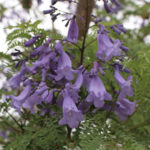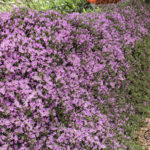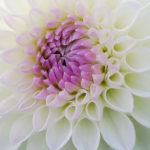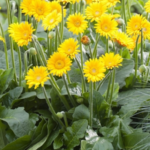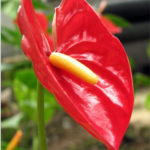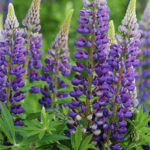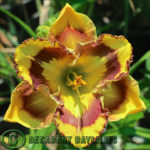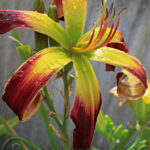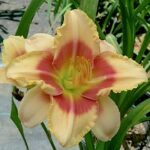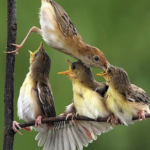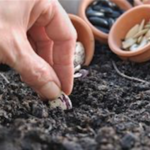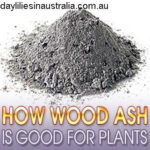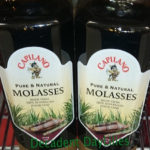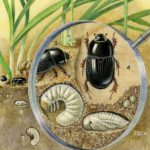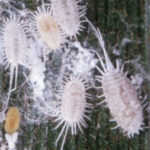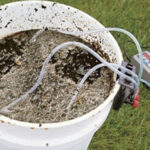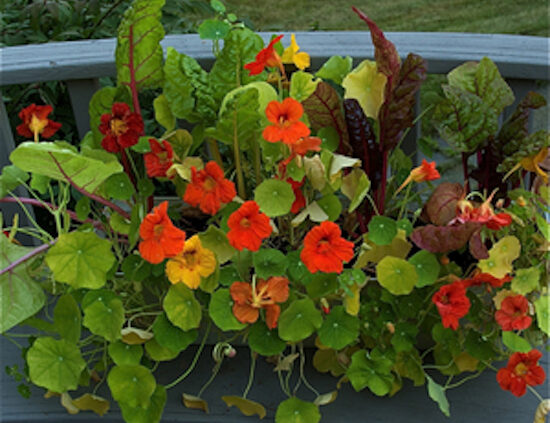
Nasturtiums Showy Grown Poor Soils
Nasturtiums- Edible Flowers That Grow Even In Poor Soil
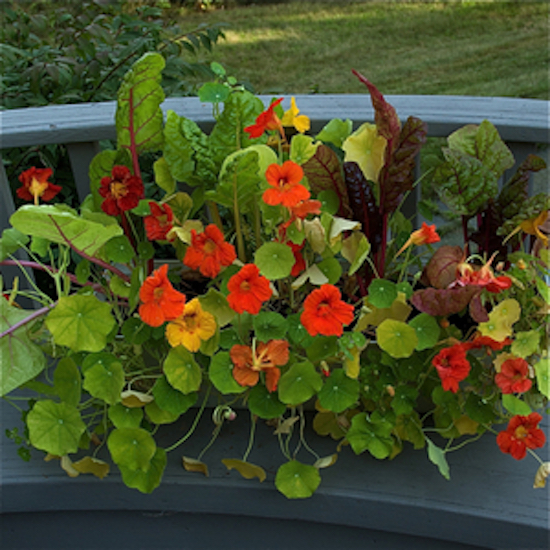 Nasturtiums or Tropaeolum majus are annual herbs native to Peru. The flowers and leaves of this plant are edible and are used to enhance the flavour of food. These plants are climbers or bushy with bright green leaves and vibrant flowers. They can be grown in containers or can be used as ground covers. They grow easily and spread rapidly. This plant needs minimal care and can even thrive showing the best flowers in poor quality dry soil and hence is a good choice for gardeners. The plant prefers well–drained soil and full sun. Apart from having a pleasing flower, this plant and others contain vitamin C in large quantities.
Nasturtiums or Tropaeolum majus are annual herbs native to Peru. The flowers and leaves of this plant are edible and are used to enhance the flavour of food. These plants are climbers or bushy with bright green leaves and vibrant flowers. They can be grown in containers or can be used as ground covers. They grow easily and spread rapidly. This plant needs minimal care and can even thrive showing the best flowers in poor quality dry soil and hence is a good choice for gardeners. The plant prefers well–drained soil and full sun. Apart from having a pleasing flower, this plant and others contain vitamin C in large quantities.
How to Grow Nasturtiums from Seed
The seeds can be planted indoors 4-6 weeks before late spring frost in Australia. The plants can be planted outdoors in early spring in partly shaded areas or in full sun in well drained soil. Planting nasturtiums in rich, fertile soil can cause lush foliage growth, but fewer flowers. The seeds should be planted a half inch deep in the beds providing 10-12 inches spacing. The seeds will germinate within 7-10 days. Plant the seeds in spring when the frost conditions are over. Nick the seeds with needle and soaking the seeds overnight in lukewarm water causes faster germination. Providing trellis in the planting area help the plant to climb easily. Dwarf varieties are well suited for containers. They grow to a height of 12 inches. The dwarf varieties can also be used as border plants. The old fashioned climbing or trailing varieties can be grown in hanging baskets and window boxes. Nasturtiums are used in permaculture gardening they are just the plant to keep the bugs away from your vegetable patch.
Caring for Nasturtiums
Though these plants require less water, watering the plants during the growing season improves growth.
- Avoid over-watering Nasturtiums.
- Keep nasturtiums damp lack of water will cause the leaves to turn yellow
- Cut off the dead or faded plants to prolong blooming.
- Trim back the potted plants occasionally to control the growth.
About Nasturtium Flowers
Though the flowers appear delicate, they are very durable and form long lasting food garnish. The colour ranges from the traditional orange and bright yellow to vermillion, deep mahogany, peach, raspberry, etc. The flowers and leaves are all edible and have a mild peppery taste and hence are used in salads, butters, soups, cheese spreads, etc.
Edible Nasturtiums
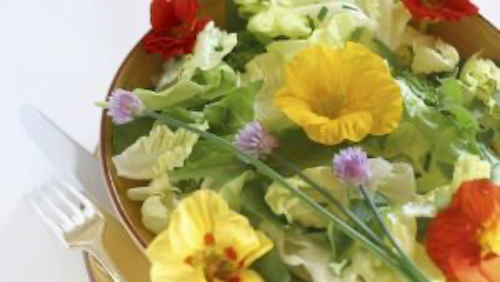 To make the leaves tasty and to maintain moderate spiciness, keep the plant well watered. The leaves have the best flavour when used in young and tender stage. The older leaves will be spicier. The leaves can be used in soups, juices, salads, risottos, rice dishes, pesto, etc. The buds, leaves and flowers can be used to make vinegar, white wine and champagne vinegar. Sliced leaves can be used in place of garlic and green onions in food preparations. Minced blossoms can be used to blend fresh butter. Paste of flowers is used in sandwiches as an alternative to mustard paste. The pickled buds are similar to capers. The dried seeds can be used like black pepper.
To make the leaves tasty and to maintain moderate spiciness, keep the plant well watered. The leaves have the best flavour when used in young and tender stage. The older leaves will be spicier. The leaves can be used in soups, juices, salads, risottos, rice dishes, pesto, etc. The buds, leaves and flowers can be used to make vinegar, white wine and champagne vinegar. Sliced leaves can be used in place of garlic and green onions in food preparations. Minced blossoms can be used to blend fresh butter. Paste of flowers is used in sandwiches as an alternative to mustard paste. The pickled buds are similar to capers. The dried seeds can be used like black pepper.
Medicinal use
In the native region, the plant is used to treat cold, coughs and flu. They have antibiotic properties as they contain vitamin C. It helps to reduce respiratory difficulties and menstrual problems. It is also used topically for healing cuts and bruises.


